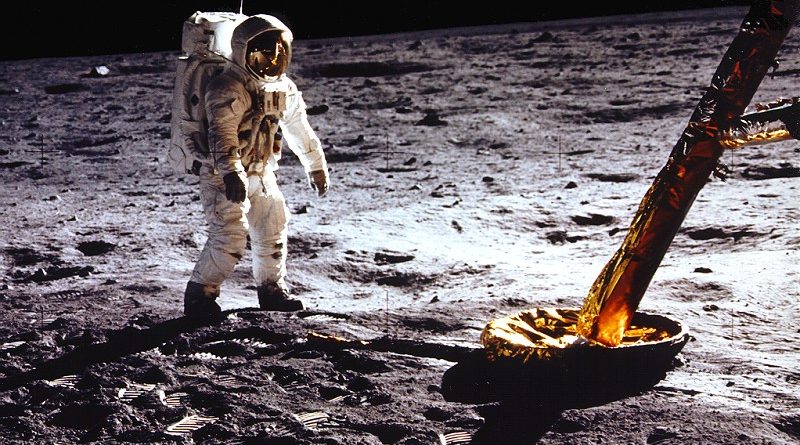July 20 in U.S. military history
1944: As Adolf Hitler meets with officials at his Wolf’s Lair headquarters in East Prussia, a suitcase bomb planted by Col. Claus von Stauffenberg detonates, killing three German officers and wounding the Führer. Stauffenberg and several fellow Operation Valkyrie conspirators are shot by firing squad within 24 hours, and the Gestapo will arrest and execute several thousand Germans (some having no connection to the plot whatsoever) in coming months.
In the Marianas Islands, Naval Underwater Demolition Teams (the predecessor to today’s SEAL Teams) destroy obstacles on the beaches of Guam as aircraft and warships bombard enemy positions in preparation of the invasion.
1945: As the Manhattan Project scientists put the finishing touches on the atomic bomb, Army Air Force B-29 Superfortress crews begin flying multiple small-scale bombing raids against Japan, so the defenders would become accustomed to the sight of individual bombers.
1950: Following the Battle of Taejon, a truck containing several soldiers attempts to break through an enemy roadblock. Gunfire disables the vehicle, killing and wounding everyone except Sgt. George D. Libby. He takes cover in a nearby ditch, braving heavy enemy fire on two occasions to treat wounded soldiers and move them to cover. Libby stops a halftrack as it passes through the killzone and loads the wounded aboard. Since no one else could operate the vehicle, Libby placed himself between the driver and the enemy fire concentrated on the Americans, receiving several wounds. As the halftrack moved on, he loaded several more wounded soldiers until they met another enemy roadblock. Libby continued shielding the driver until he lost consciousness from his many wounds.
Sgt. Libby, a veteran of the European Theater of World War II, perishes from loss of blood and is awarded the Medal of Honor posthumously.
1960: The ballistic missile submarine USS George Washington (SSBN-598) conducts the first submerged launch of a Polaris missile. The missile hits the target over 1,000 miles away. The nuclear-tipped Polaris is capable of accurately delivering three 200 kiloton warheads 2,500 nautical miles downrange.
1969: (featured image) Apollo 11 Astronaut Neil A. Armstrong – a U.S. Naval aviator who flew multiple combat missions over Korea, and was once shot down – takes “one small step,” becoming the first human in history to walk on the surface of the moon.
Armstrong, who serves as Apollo 11 mission commander, is accompanied on the historic voyage by command module pilot Michael Collins, a U.S. Air Force fighter pilot who will become a major general in 1978, and lunar module pilot Edwin Eugene “Buzz” Aldrin (also an Air Force fighter pilot), who shot down two MiG-15 fighters over Korea.
1997: In honor of her 200th birthday, the USS Constitution — the world’s oldest ship remaining in active service — sets sail for the first time in 116 years. “Old Ironsides” was one of the United States’ original six frigates, and is the only current U.S. Navy warship to have sunk an enemy vessel.
